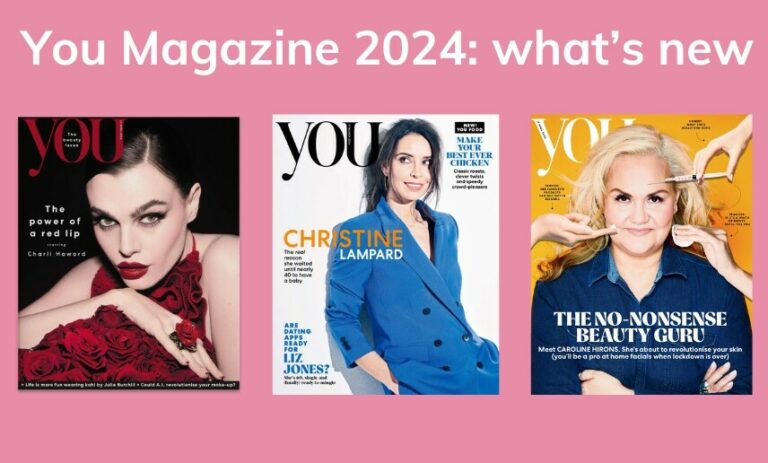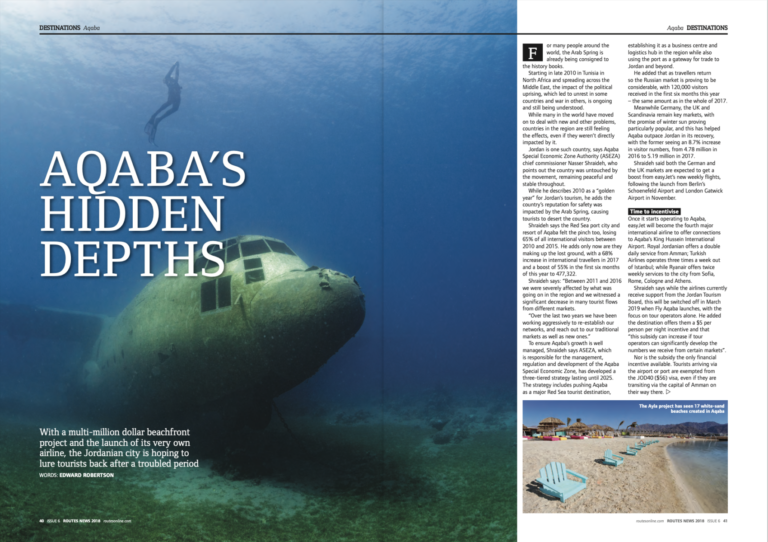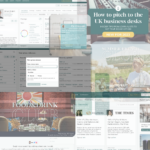
Ed Robertson
Roxhill Media
I’ve got to be honest, I always thought it was just me.
But now, as I interview more journalists for Roxhill Media’s live webinar programme, I realise I am not alone as many in the media lament the difficulty of finding good photographs in a timely fashion.
Over the years, I have received out-of-focus images, dingy profile pictures, group shots with not a single person looking at the camera and a PR who didn’t have a single quality photograph of a £600 million airport redevelopment – even though this was the story.
And this really matters. Good quality photography submitted with your initial pitch can make the difference between a story being picked up – or not.
Equally importantly, good pictures can get your story more space on the page, or even boost it onto the front cover, so should be a key concern for every PR.
Even in a B2B magazine on aviation route development, a strong image can be used to define a story. Image courtesy of TTG Media
In which case, what kind of shots make the grade?
My single most important tip is to use a professional photographer whenever possible. Any professional will deliver high-quality photography and, if they have worked for the press in the past, will understand what catches a picture editor or journalist’s eye.
Always go beyond the most obvious shot. Thinking back to the airport redevelopment, I may finally have been sent some pictures of the new building, but where were the shots of the state-of-the-art baggage system or the super-speedy security zone? If you sell the story on the detail, then you need to back it up with images.
Elsewhere, company group shots are a good way of highlighting the firm’s diversity rather than the management team – who often consist of white, middle-aged men – and featuring the product, too, enlivens a shot.
But sometimes we all get caught on the hop with a last-minute demand for a head-and-shoulders shot. In which case, don’t panic, get out your phone and follow these tips from one of the travel industry’s best-known photographers, Steve Dunlop:
- Use a smart phone with a good camera – if your phone is old borrow a modern one.
- Stand the subject against a plain-coloured wall.
- Do not stand them in front of a window.
- Ensure there is plenty of light, ideally coming from behind the photographer.
- If a bright spotlight is shining on the subject’s head, moving them away by six inches should solve the problem.
- Shoot them from the waist up – no full body shots required.
- And make sure they are looking at the camera!
- Finally, send the picture in the original format – most print titles require a minimum of 300dpi per picture which generally means it is measured in megabytes rather than kilobytes. A 1mb shot or bigger will probably suffice; a picture measuring 65kb will simply enrage the reporter.
The final, golden rule, of course, is to always include the pictures as part of your initial pitch. Most people think of news as the words they read on the page, but for the title, how the page looks is as important as the news it contains. Adding good images goes a long way to ensuring a speedy, and more likely positive, response, which will ultimately enhance your reputation and improve your relationships.
Which sounds like the perfect outcome for all involved, but only if you can picture it!













